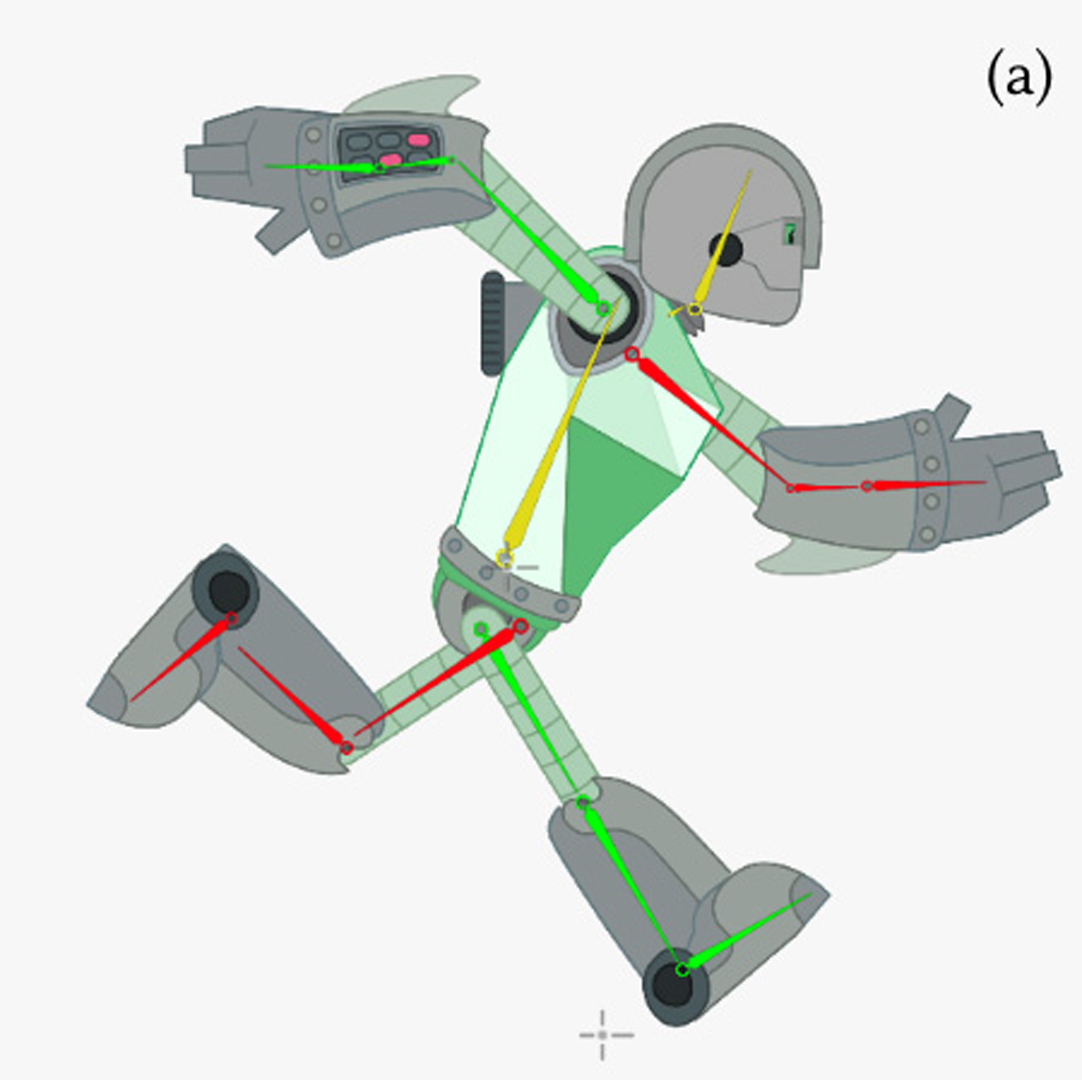“3D Content Creation Exploiting 2D Character Animation” by Barbieri, Jiang, Cawthorne, Xiao and Yang
Conference:
Type(s):
Title:
- 3D Content Creation Exploiting 2D Character Animation
Presenter(s)/Author(s):
Entry Number: 50
Abstract:
INTRODUCTION
While 3D animation is constantly increasing its popularity, 2D is still largely in use in animation production. In fact, 2D has two main advantages. The first one is economic, as it is more rapid to produce, having a dimension less to consider. The second one is important for the artists, as 2D characters usually have highly distinctive traits, which are lost in a 3D transposition. An iconic example is Mickey Mouse, whom ears appear circular no matter which way he is facing.
While other systems [Kitamura et al. 2015; Rivers et al. 2010] use 2.5D models, which move 2D elements in 3D to simulate the three-dimensionality of the characters, in this paper a new system is proposed for the generation of 3D content by using existing 2D character animations, and therefore could be easily integrated into the current production pipeline. In fact, the system is fully automatic and all the assets required to work usually are directly available from the 2D animation production pipeline. Minimal intervention is required only if the body parts (figure 2), are not provided from multiple perspectives. The aim of the system is to maintain the characteristics of the 2D character in the 3D environment.
References:
- Simone Barbieri, Nicola Garau, Wenyu Hu, Zhidong Xiao, and Xiaosong Yang. 2016. Enhancing character posing by a sketch-based interaction. In ACM SIGGRAPH 2016 Posters. ACM, 56. https://doi.org/10.1145/2945078.2945134
- Tao Jiang, Kun Qian, Shuang Liu, Jing Wang, Xiaosong Yang, and Jianjun Zhang. 2017. Consistent as-similar-as-possible non-isometric surface registration. The Visual Computer (2017), 1–11. https://doi.org/10.1007/s00371-017-1390-9
- Maki Kitamura, Yoshihiro Kanamori, and Reiji Tsuruno. 2015. 2.5 D Modeling from Illustrations of Different Views. 8, 4 (2015), 74–79.
- Luke Olsen, Faramarz Samavati, and Joaquim Jorge. 2011. Naturasketch: Modeling from images and natural sketches. IEEE Computer Graphics and Applications 31, 6 (2011), 24–34. https://doi.org/10.1109/mcg.2011.84
- Alec Rivers, Takeo Igarashi, and FrÃľdo Durand. 2010. 2.5 D cartoon models. In ACM Transactions on Graphics (TOG), Vol. 29. ACM, 59. https://doi.org/10.1145/ 1833351.1778796.
Keyword(s):
Additional Images:
- 2018 Posters: Barbieri_3D content creation exploiting 2D character animation
- 2018 Posters: Barbieri_3D content creation exploiting 2D character animation
Acknowledgements:
This work was funded by EPSRC Grant Number CDE2: EP/L016540/1.









